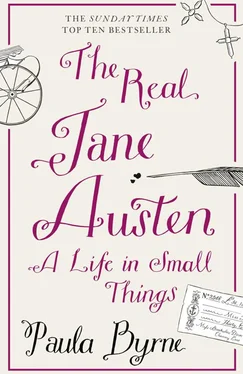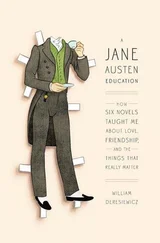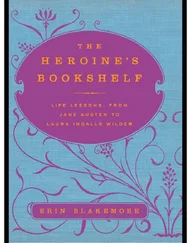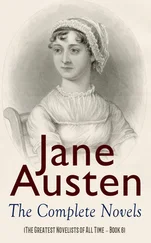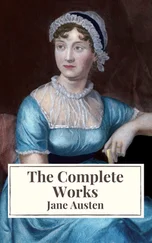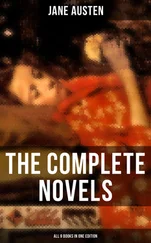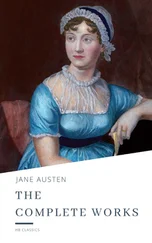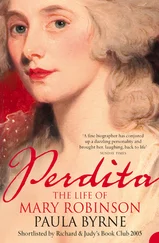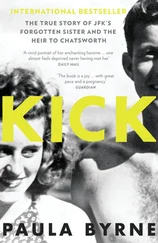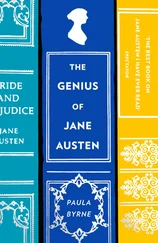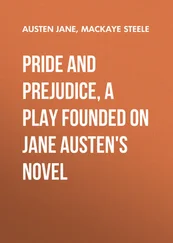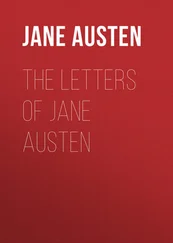These letters, Brabourne suggested, ‘contain the confidential outpourings of Jane Austen’s soul to her beloved sister, interspersed with many family and personal details which, doubtless, she would have told to no other human being’. With his mother’s death, the time was ripe for their publication. The unique talent of ‘“the inimitable Jane” (as an old friend of mine used always to call her)’ was, Brabourne argued, that she ‘describes men and women exactly as men and women really are, and tells her tale of ordinary, everyday life with such truthful delineation, such bewitching simplicity, and, moreover, with such purity of style and language, as have rarely been equalled, and perhaps never surpassed’.
For this reason, what could be more fitting than the publication of ‘the letters which show what her own “ordinary, everyday life” was, and which afford a picture of her such as no history written by another person could give so well’? ‘It is certain’, Brabourne triumphantly concluded, ‘that I am now able to present to the public entirely new matter, from which may be gathered a fuller and more complete knowledge of Jane Austen and her “belongings” than could otherwise have been obtained.’14
All subsequent biographers have made extensive use of the letters. Nevertheless, a fresh reading of them reveals a number of hitherto neglected but significant details and connections, among them a crucial act of literary patronage, the momentous consequences of a will, and evidence of Austen’s knowledge of the extraordinary story of the abolitionist judge Lord Mansfield’s adoption of a black girl.
Lord Brabourne’s view of his great-aunt as the inimitable novelist of ‘ordinary, everyday life’ had become a commonplace opinion by the late Victorian era. It is ultimately derived from the most important account of Austen’s work written in her own lifetime: a long review-essay on the publication of Emma, also discussing Sense and Sensibility and Pride and Prejudice, by Sir Walter Scott, the most celebrated novelist in all Europe (though one who at this time was still publishing his fiction, like Austen herself, under the veil of anonymity). Scott’s essay will be further discussed towards the end of this book, but its main thrust is indeed the high claim that Jane Austen was the first novelist in history to offer an accurate representation of ‘the current of ordinary life’. She presents to the reader ‘instead of the splendid scenes of an imaginary world, a correct and striking representation of that which is daily taking place around him’. Scott concludes that ‘The author’s knowledge of the world, and the peculiar tact with which she presents characters that the reader cannot fail to recognize, reminds us something of the merits of the Flemish school of painting. The subjects are not often elegant, and certainly never grand; but they are finished up to nature, and with a precision which delights the reader.’15
The ‘correct and striking representation’ of scenes from ‘ordinary life’, rendered with precision, tact and minute detail: this is indeed the essence of Austen’s art, as it is of Dutch realism in painting. Vermeer creates the sense of a real world by means of an opened letter, a pearl earring, a latticed window, a jug and a tablecloth, a musical instrument. By the same account, objects play a key part in bringing alive Austen’s fictional worlds.
My inspiration for the writing of this book came from two exquisite moments in Mansfield Park, quoted earlier as my epigraphs. First there is Fanny Price’s little sitting room, made real by a few carefully chosen things.
Mounted on the window-panes are three pictures of romantic scenes – the ruin of Tintern Abbey, a wild cave in Italy and a moonlit lake in Wordsworth country – in the new and fashionable form of ‘transparencies’. In An Essay on Transparent Prints and Transparencies in General, published in 1807, a certain Edward Orme claimed that he invented the medium by accident when he dropped some varnish on to the dark part of an engraving ‘which afterwards being exposed again to light, the spot where the varnish had been spilt formed a light in the midst of shadow’.16 Their presence hints at Fanny’s romantic sensibility.
Over the mantelpiece hangs a collection of family ‘profiles’: this was another fashionable non-elite artistic medium, the silhouette, a form of portraiture that will be discussed in chapter one. The close-knit Austen family cherished their profiles and miniatures, the equivalent of framed photographs of loved ones in a modern home.
Beside the profiles, pinned against the wall by Fanny herself, is the thing that makes the room truly her own: ‘a small sketch of a ship sent four years ago from the Mediterranean by William, with H.M.S. Antwerp at the bottom, in letters as tall as the main-mast’. Just as Jane Austen corresponded constantly with her brothers when they were away at sea, worrying about their survival in the face of war and weather, so Fanny stays close to her midshipman brother through his sketch on the wall. Though the action of the novel rarely leaves the confines of Mansfield Park, the objects transport the reader on to a wider stage.
In the second passage, Fanny invests all her seemingly unrequited love for Edmund in two other small objects: a scrap of paper and a simple gold chain. Small things in Jane Austen’s world do not only evoke distant places. They can also be the bearers of big emotions. The intense emotions associated with love and death are often refracted through objects. Letters and tokens are of great importance in the novels: focus upon an object is often a signal to the reader that this is a key sequence in the emotional unfolding of the narrative. This biography is an attempt to write Austen’s life according to the same principle. Following the example of Captain Harville’s carpentry, each chapter begins with a real thing, some of them coming directly from her life, others evoked by her novels. These objects and images cast new light on Austen’s life and her fictional characters, on the workings of her imagination and on the shaping of her incomparable fictional worlds.
1
The Family Profile
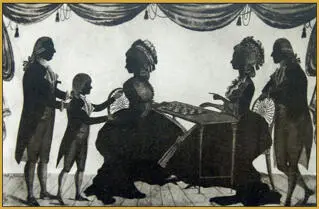
All the faces are turned towards the young boy. He is being passed to one of the two fashionably dressed women with powdered hair who are sitting at the table playing chess. The surrounding drapery makes the portrait resemble a theatrical scene. In the manner of actors well versed in the art of gesture, the figures are talking with their hands: the father’s fingers rest on his son’s shoulders, while the boy has his arms outstretched in supplication towards his new mother. Her hand remains on a chess piece, as if she has won a pawn. The master of the house leans on the back of the chair of the other woman, who is his sister. His relaxed pose bespeaks the casual assurance of proprietorship. The sister is pointing her finger at the boy, as if to say ‘so this is the child who is coming to our great house’. The boy’s birth-mother is absent.
The silhouette, dated 1783, is by William Wellings, one of the leading practitioners of this highly fashionable form of miniaturized portraiture. A plain black profile cut on card could be taken in a few minutes and cost as little as a shilling. Though sometimes known as ‘poor men’s miniatures’, profiles were renowned for the accuracy of representation that they could achieve. ‘No art approaches a well-made silhouette in truth,’ wrote the influential physiognomist Johann Caspar Lavater. Jane Austen’s nephew James Edward would become renowned within the family for his skill at the art. He could execute silhouettes without preliminary drawing, cutting them out directly with a special pair of scissors, ‘the points … an inch long, and the curved handles about three inches’.1
Читать дальше
